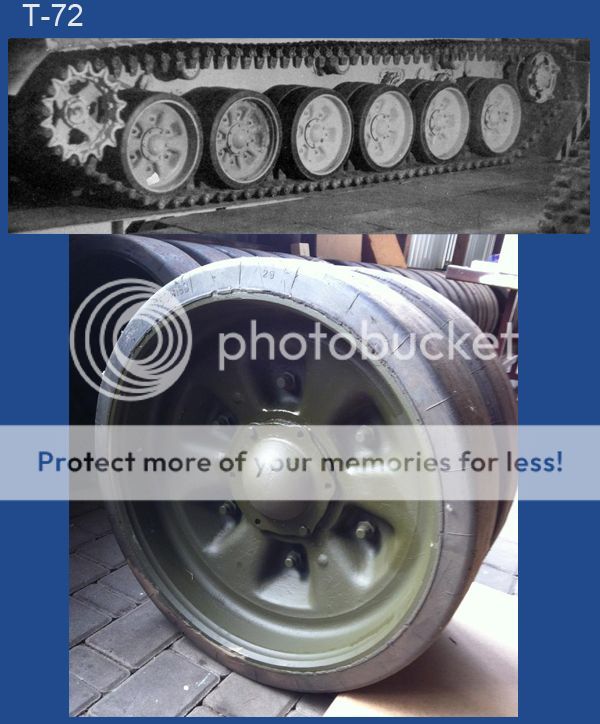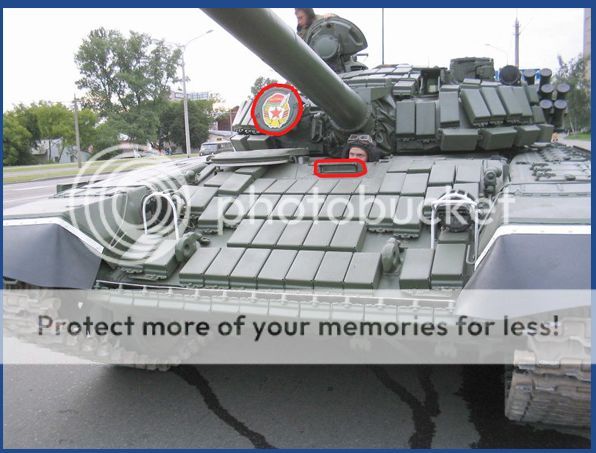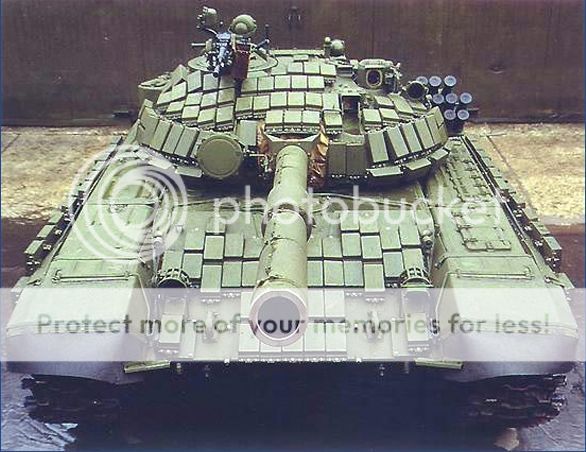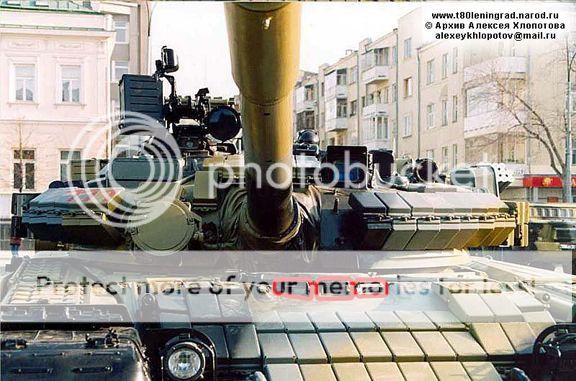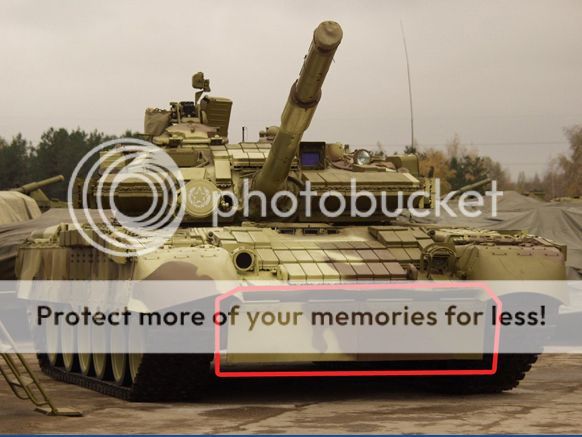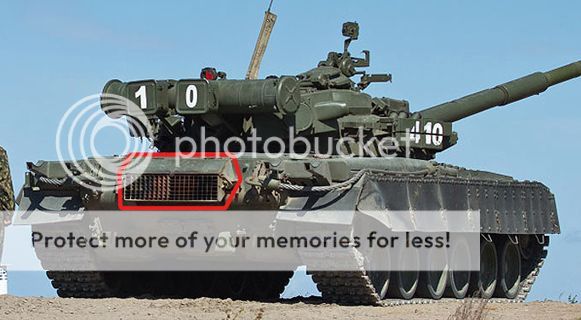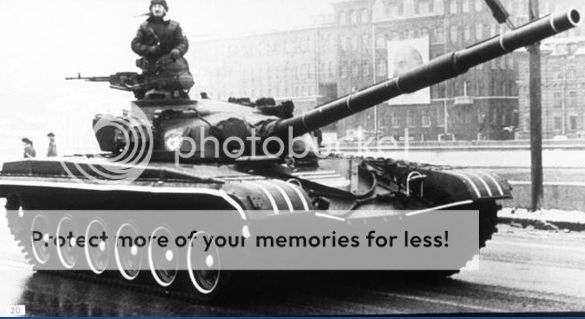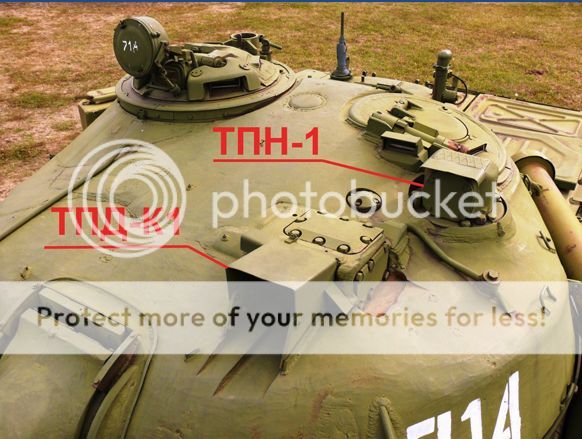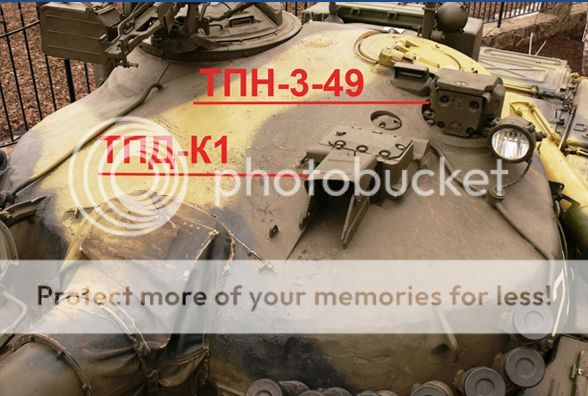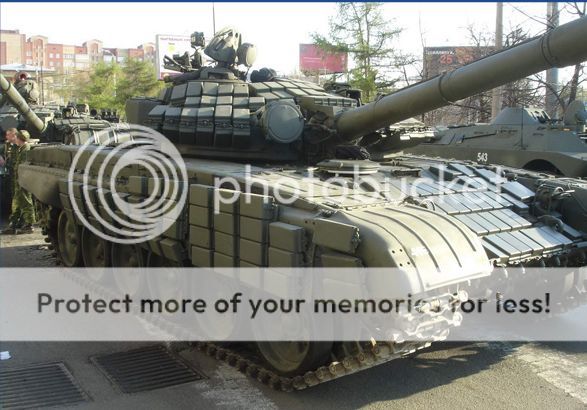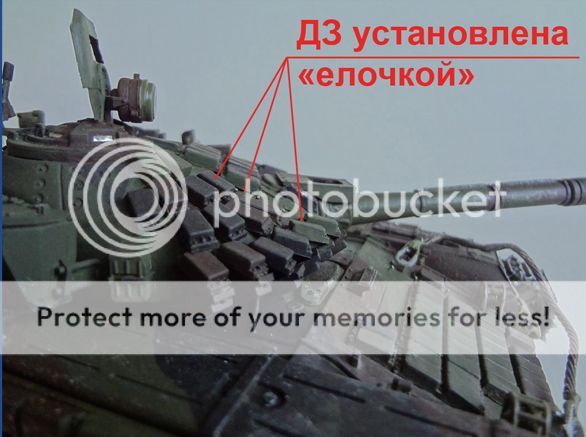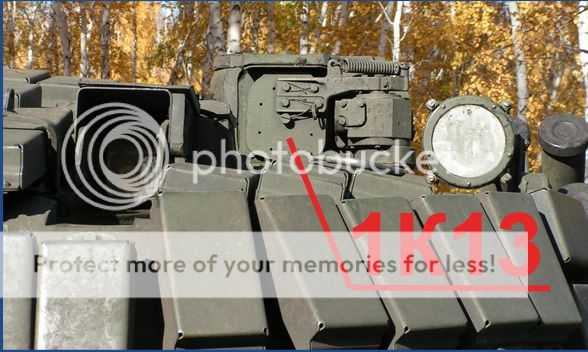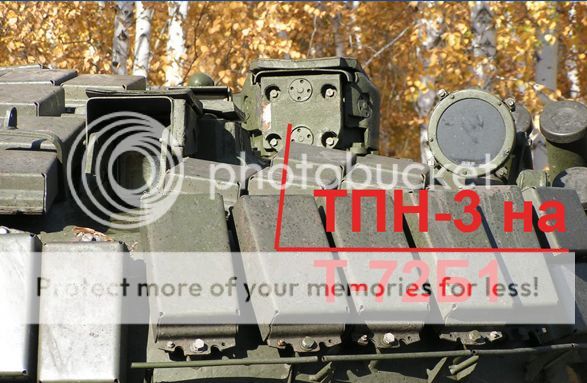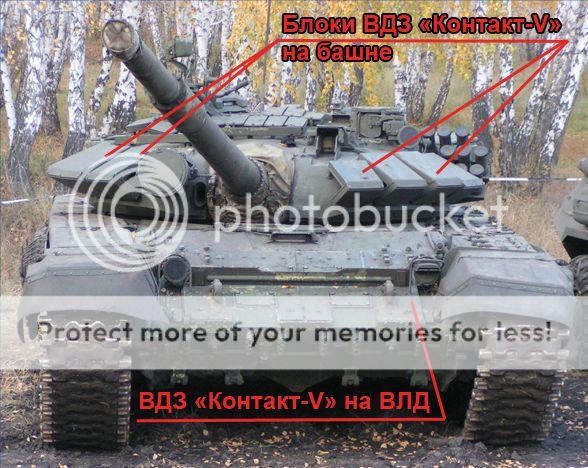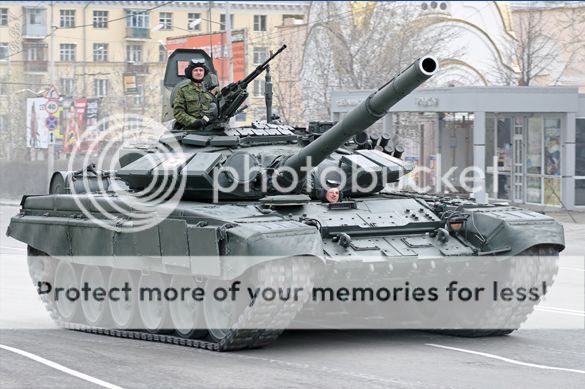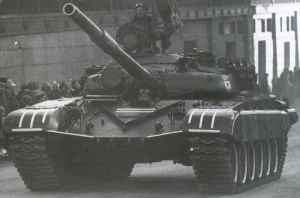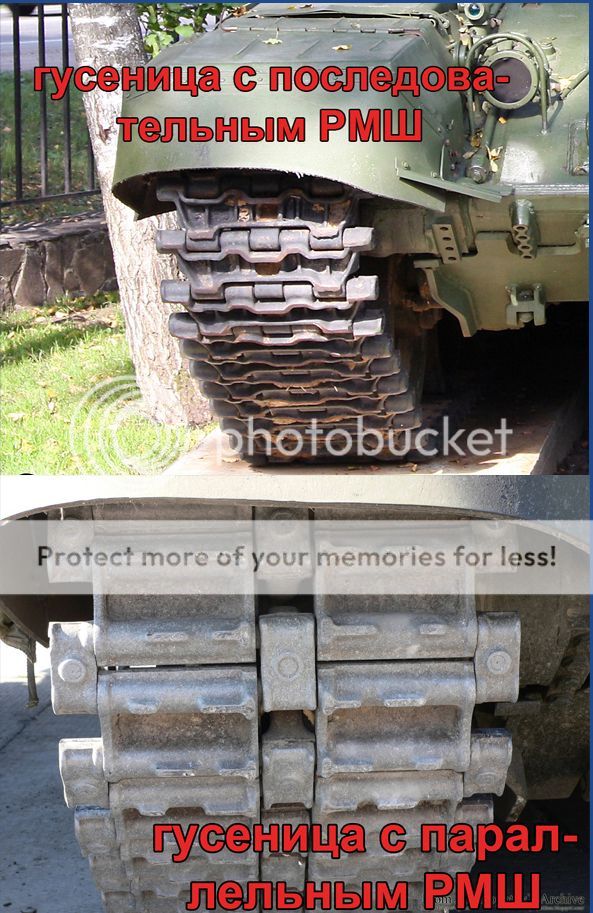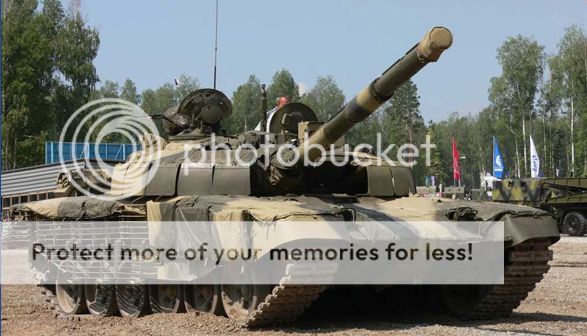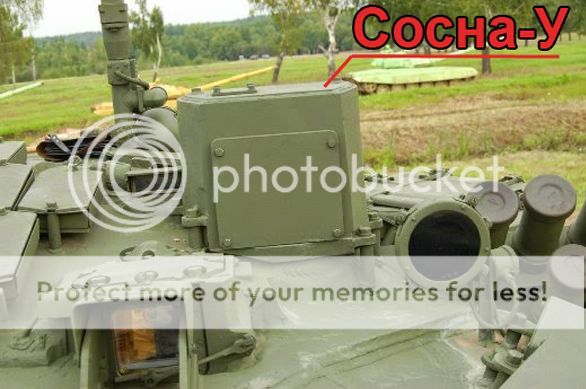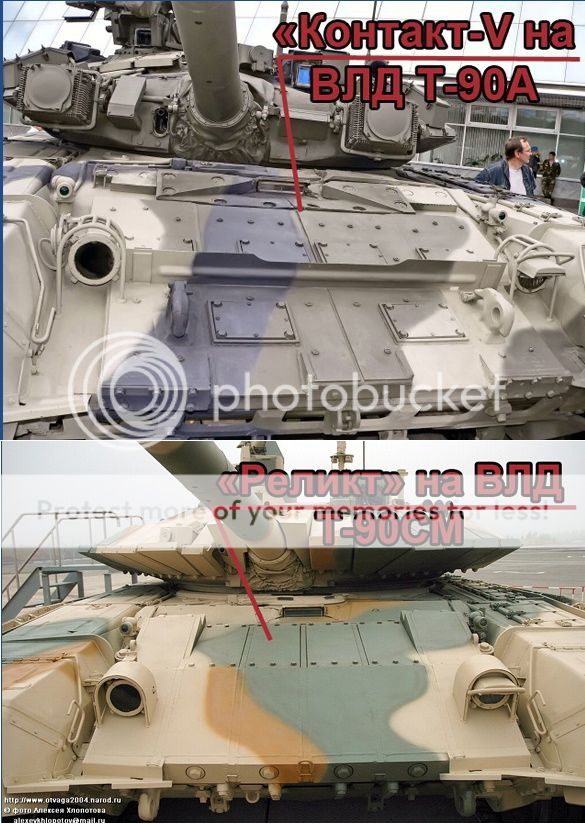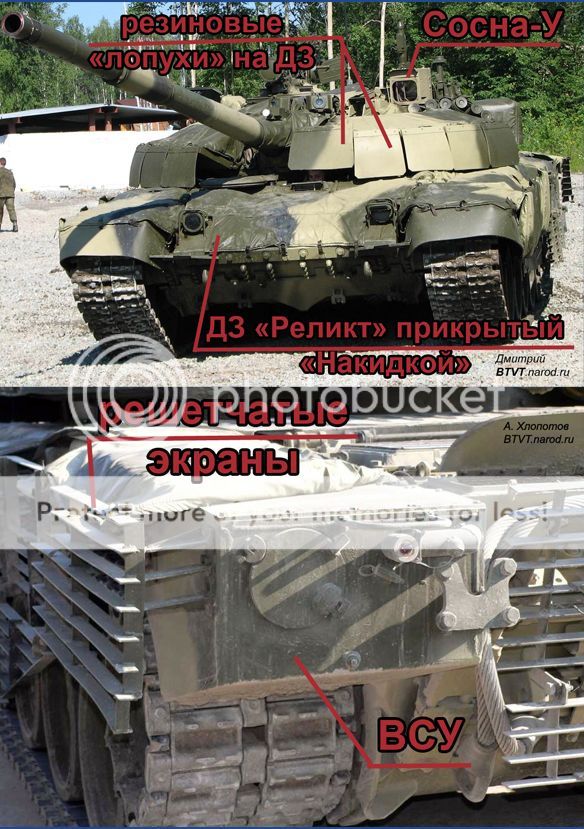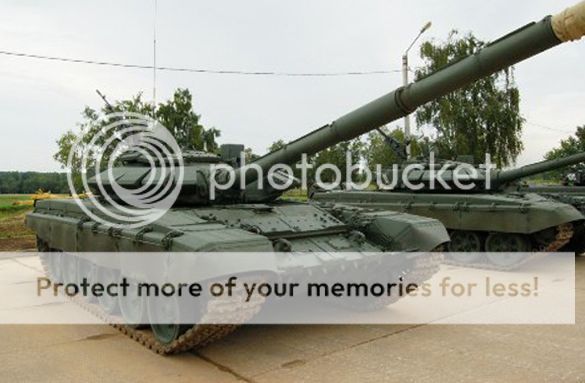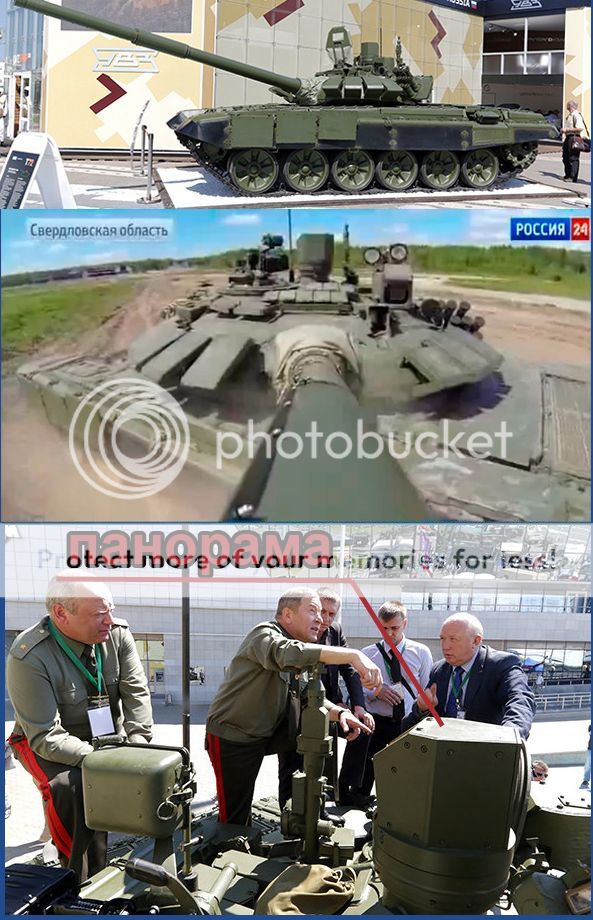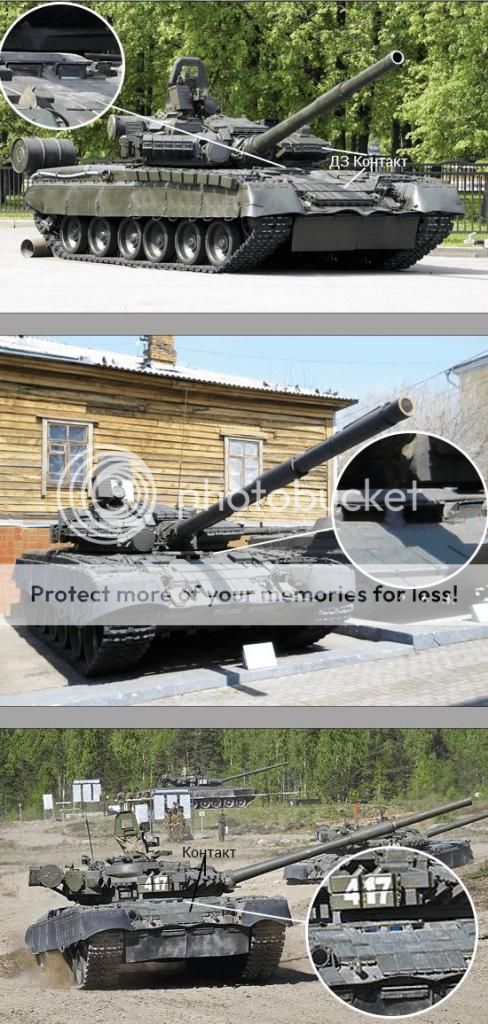T-64 "TANK-GUARANTOR OF PEACE" OR "KILLER OF CIVILIANS"?
 The talent of the great designer Alexander Alexandrovich Morozov tanks were created many different samples of armored. But the most famous of them are: created together with Mikhail Ilyich Koshkin and subsequently repeatedly improved the best tank of the Second World War T-34 - tank-liberator. Another tank AA Morozov, a famous revolutionary T-64. In the 70-80-ies of the last century, this machine provides the preservation of peace, along with a nuclear shield of the USSR. T-64 tank could be so, and go down in history as one of the important arguments of deterrence NATO times "cold war", but events in Ukraine in 2014 made this car "tank killer of civilians." Thank God, Alexander did not live up to that time.
How was the T-64
The talent of the great designer Alexander Alexandrovich Morozov tanks were created many different samples of armored. But the most famous of them are: created together with Mikhail Ilyich Koshkin and subsequently repeatedly improved the best tank of the Second World War T-34 - tank-liberator. Another tank AA Morozov, a famous revolutionary T-64. In the 70-80-ies of the last century, this machine provides the preservation of peace, along with a nuclear shield of the USSR. T-64 tank could be so, and go down in history as one of the important arguments of deterrence NATO times "cold war", but events in Ukraine in 2014 made this car "tank killer of civilians." Thank God, Alexander did not live up to that time.
How was the T-64

In the early 1950s, a team of leading tank design bureaus of the Soviet Union began to develop a second tank of the postwar generation. This was due to the fact that in the arsenals of the most developed countries of the West and the Soviet Union already had a sufficient number of nuclear weapons, and planned future war waged with the widespread use of these weapons. Under the conditions of use of nuclear weapons, the tanks remain one of the most important tools in the arsenals of the ground forces to achieve success on the battlefield. In addition, at the same time in many armies of the world was taken into service a new effective means of combating tanks - anti-tank guided missile (ATGM). Available by the time the Soviet Army medium tanks T-54 (and later T-55), embodied in himself all the best practices of domestic and world tank building, based on the experience of the Second World War, no longer fully meet the requirements of combined arms combat with using the above means of warfare.
That is why the army was necessary tank capable of "survive" in the conditions of use on the battlefield nuclear weapons and anti-tank, as well as to deal effectively with tanks and other fire weapons. And by the mid-1960s this tank was established in Kharkiv Machine Building Design Bureau (KMDB) under the leadership of General Designer AAMorozov. It was a completely new tank "Object 432", who later became the medium tank T-64 - the world's first tank of the postwar generation. The appearance of the T-64 can be compared with the appearance at the time of the legendary "Thirty" - just as it was new and unusual for that time. Applied on the tank design and new technical solutions were new not only in domestic but also in the world tank manufacturing. Layout, loading mechanism, transmission, chassis design and towers with small changes are still being used in domestic and foreign tank building on the different versions of the T-80, T-84 and partly on the T-72 and its modifications. The veil of secrecy that hid the tank T-64 during its mass production in 1970-80 (and it was something to hide), this unique car pushed into the background, giving the "palm" machines such as the T-72, which is exported to many countries of the world, and a little later, and T-80 tanks. Moreover, the lack of reliable information about the car has generated a lot of rumors and tales about its strengths and weaknesses, which, of course, the T-64 had, as is their any other tank.
The development of this machine, which received the designation "object 430" started in 1951 on its own initiative at the Kharkov plant №75 after returning AA Morozov and part designers, headed by him KB, from Nizhny Tagil.

Predeskizny project promising medium tank was developed already in 1953 "Object 430" was designed as a brand new car with a powerful armor protection, a new multi-fuel turbo-piston two-stroke diesel engine 4TD with horizontal cylinders and ejection cooling system specially designed under the supervision of ADCharomskogo diesel KB Kharkov plant №75. Such a cooling system as compared with a conventional fan in those years, consumed 12-15% less power, occupy less volume in the separation force, had a lower weight, has a simpler structure and more reliable, since it did not have moving parts.
In Kharkov, in parallel with the development of the "object 430" the initiative to go to work "object 430U", that is "enhanced". According to the project it was planned to gain firepower and protection to the level of heavy tanks through the installation of 122 or 130-mm tank gun, increasing the thickness of the frontal part of the armor pieces to 160-180 mm, 120 mm against the "object 430". In all of this tank was supposed to be at the level of the average size of the tank. In addition, considering options tank sensor radar rangefinder TRLD, working in conjunction with an optical sight T-2C. However, with the advent of NS Khrushchev's work on heavy tanks in the USSR were gradually phased out, and in the early 1960s and were stopped altogether. Therefore, work on a strengthened version of the tank, as not fit for mass under the definition of "average", were discontinued, and the staff of the Kharkov KB-60 switched to work on a medium tank.
Draft project "Object 430" was ready by the end of 1954. In accordance with it, the tank must have had a classic layout, but a number of brand-new, one might even say "revolutionary" decisions. These include the installation of a two-stroke turbo-piston tank diesel engine 4TD a counter stroke and horizontal their location. Work on these engines were started during the Great Patriotic War on the basis of the study design purchased before the war in Germany of aircraft engines Jumo-205. Studies were conducted on the engine in the Department of oil engines (since 1958 Research Institute of engines - NIID) under the leadership of A.D.Charomskogo - creator of the most powerful diesel aviation wartime AH-1. In combination with the small-sized planetary final transmissions use of this engine led to the volume of the engine compartment (MTO) has been reduced by half compared with MTO T-54 tank. The fact that the planetary transmission side (BCP) and replace the main clutch, and the rotation of the planetary mechanisms and their arrangement on both sides of the engine in its "pass" and crankshaft eliminates the use of a guitar. In addition, the tank to be used instead of the fan - ejection cooling system radiator, which also reduces the amount of MSW and consequently saves a lot of tanks.Weight savings can be used to enhance the armor protection of the machine. By the way on the prepared since 1956 in the UK tank "Chieftain", also planned to install (and later this engine was installed on it) two-stroke turbo-piston diesel L60 with a counter-stroke produced by «Leyland», just installed this engine in the "Chiftene "vertically, rather than horizontally as in the T-64.

In 1955, the draft of a new medium tank was approved by the Central Committee of the CPSU and the USSR Council of Ministers Resolution of the Council of Ministers on May 6, 1955 № 880-524 and the Order of the Minister of Transport Engineering on May 13, 1955 № 0096. In accordance with these documents, the Scientific Technical Committee of the Main armored management USSR Ministry of Defense (NTC HBTU) formulated and June 8, 1955 issued the tactical and technical requirements (TTT) in the promising medium tank.
In accordance with the TTT promising medium tank was significantly greater than on the basic parameters (firepower, protection and mobility) serial T-54. Increasing the firepower planned to achieve through the installation of the machine more powerful tank gun D-54TS developed under the program "Rainbow" led by FF Petrov and increase ammo machine artvystrelov to 50 to 34 to T-54. Planned to significantly increase the range and effectiveness of fire from tanks on the move and at night by installing two-plane stabilizer optical rangefinder sight and night sight.
A significant increase in protected tanks planned to provide for the expense of some increase in the thickness of the armor parts to install them at large angles of inclination, the application of new structural forms of the hull and turret, hull sides bent parts of rolled sections, allowing to increase the strength of the entire body as a whole. All this together can reduce the frontal area and the projection of the tank, which greatly improves its resistance against shock wave of a nuclear explosion.
Increasing mobility planned to achieve the installation of a tank of new, more powerful engine and transmission, suspension chassis improvements and increased by almost 1.5 times reserve.
The hull and turret of the tank had to have large angles of inclination armor parts, and as a primary weapon was chosen 100-mm tank gun D-54TS.
In July 1956 in Kharkov MSC was developed already and technical design of a new medium tank "Object 430". This project has benefited from comments STC HBTU and adjusted TTT. According to them, planned to install on the tank more powerful diesel engine 5TD.
After the approval of the technical project began manufacturing parts of the tank at the Kharkov plant №75 (HZTM).Parallel tests were conducted separate units on special stands and on the navigation layout, and test firing of experienced hull and turret. And in 1957, were prepared two prototype "object 430" for factory testing, as well as an order for three more production machines for landfills and military trials.
Hard tactical and technical requirements relating to weight characteristics of the machine (weight of the tank should not exceed 36 m) forced AA Morozova renounce the use of a tank chassis with large-diameter road wheels with external rubber tires. Under his leadership, was designed chassis with reduced diameter road wheels, aluminum alloy with internal shock absorbers, rollers for the upper branch of the caterpillars. Rollers also had internal cushioning. By the way, as experience has shown, on the chassis without the support rollers with large diameter road wheels when the tank speeds of 55-60 km / h the upper branch of the caterpillar begins to beat on the fenders. Caterpillar tracks had a sequence of open metal hinge.

Innovation was the fact that the suspension chassis are telescopic hydraulic shock applied to the first and sixth suspension units, rather than a lever or vane-piston, as in all the previous domestic tanks. In addition to reducing weight chassis, reducing the diameter of the support roller is allowed to increase its dynamic course, which, in combination with telescopic shock absorbers, ultimately, improves ride and allows you to increase the average speed of the tank over rough terrain.
By 1960, it was built several prototypes of the "object 430", where extensive tests carried out on the ground near the factory and Kharkov range SRI armored vehicles in a Moscow Kubinka in the 1957-59 biennium. showed that the experimental tank on the basic parameters exceeds production tanks T-54 and T-55, just put into service. But, despite the fact that the TTT NTC HBTU were performed, the superiority of the "object 430" over the series of tanks was not very significant. Therefore, AA Morozov decides to modernize the "Object 430" and one of the samples of the prototype in 1960 was upgraded under the project "object 430m." Modernization mostly in the chassis and powertrain, as well as anti-aircraft machine gun tank removed KPVT. Yet AA Morozov knew that this car is not yet ripe for mass production.
In the West, too, did not sit idly by. According to the GRU, it became known that the UK has developed a new 105-mm rifled tank gun L7A1 for installation on tanks «Centurion» Mk.IX modifications and Mk.X, mass production is expected in 1958-1960. The gun could be used feathered armor-piercing projectiles with detachable tray with an initial velocity 1475 m / s. In 1956, the British firm «Vickers» started to develop even more powerful tank «Chieftain», which was planned to install a 120 mm rifled gun L11. Serial production of this car was expected in early 1960.
In the US, the beginning of 1960 is ready for serial production of the new tank M60, with improved, compared to its predecessors M47 and M48, armor protection, as well as 105-mm rifled gun M68, which is a licensed copy of the British L7A1.
In this regard, the military leadership of the Soviet Union demanded as soon as possible to increase the firepower and protection of our future tanks. A prototype "object 430" did not meet these requirements.
Installing rifled tank gun larger caliber inevitably would entail an increase in the size of the tower and the crew compartment and, as a consequence, the entire mass of the tank, which is not allowed TTT. Nevertheless, the solution was found.

In 1958, the chief designer of the Nizhny Tagil KB Leonid Karcev proposed the idea to cut rifling in the barrel of a 100-mm gun D-54 and, thus, make a few more smoothbore gun caliber. In KB F.Petrova conducted research in accordance with this idea and came to the conclusion that in this case the caliber of guns may be not less than 112 mm. In the same design bureau program began under the code "Hammer", whose aim was to develop a smoothbore tank gun based on the D-54 guns. It was lengthened barrel, which increased the initial velocity armor-piercing projectile. And in a short time the gun was ready. However, Morozov put in rigid frames by weight of the new tank, personally supervised the weight of all components and systems. So he refused to negotiate drawings and design documentation, while Petrov will not reduce the weight of the new guns per 100 kg. Ultimately, these requirements have been met, despite the fact that it took extra time. So, in 1959, came to light a new tank smoothbore gun U-5TS (2A20). It differed from the D-54TS lack of muzzle brake, a new pipe smoothbore barrel with increased up to 115 mm caliber receiver mechanism for purging the barrel, shifted closer to the middle. The remaining elements and mechanisms of guns have been completely borrowed from its predecessor.
For firing a gun U-5TS used unitary shots with armor-piercing, cumulative and high-explosive projectiles feathered.This gun was mounted on one of the "430 objects" in Kharkov and in one of the experimental samples Nizhny Tagil tank, which received the designation "object 166".
During the testing of the "object 166" and "Object 430" with a gun-5TS have found that not everyone is able to physically provide charging rate of 4-5 rounds per minute. The reason for this increased to 37 kg weight of the shot and the increase of its length.
Given the results of tests in Kharkiv KB-60 on its own initiative, work began on a significant increase in performance characteristics of the "object 430". These works were carried out on ways to further improve "object 430", which had the most dense arrangement of the engine compartment (ITO), the time spent and proven enough in the engine, transmission, chassis and other components and assemblies. Under the new project FF Petrov was developed 115-mm smoothbore gun D-68 (2A21), which was installed on one of the prototypes of the "object 430". For the shooting of her shots used separately loaded with armor-piercing, cumulative and high-explosive shells with feathered partially burned sleeve.

The prototype interested in the military, in February 1961 the Chief of armored forces, Colonel-General PP Poluboyarova TTT were approved for the development of the new tank, developed by STC HBTU. The main ones were: increasing firepower by installing a 115-mm smoothbore tank gun D-68 mechanized charging; increase in anti-nuclear and protivokumulyativnymi protection; increasing the maneuverability of the tank; combat weight up to 34 tons; crew - three people.
In a short time to the middle of 1961 in the KB-60 was a technical project of the new tank, the index "object 432", and in September 1962 out of the gate experienced shop Kharkov plant transport engineering them. Malyshev (HZTM) released the first prototype tank. A little later, this car was involved in showing promising models of armored vehicles at the site near Moscow Research Institute of armored vehicles in Kubinka, which was attended by NS Khrushchev. On NS Khrushchev's car made a good impression.
The first production models of the machine "object 432" came out of the factory gate of the VA Malyshev in October 1963. A year later, ie, By October 1964 the plant has already produced 54 tank, and a year later the number had increased to 218 cars. The first such machines were sent to Kharkov Guards Tank Command School (1966 - Higher Tank Command School) and 41 th Guards Tank Division in trial operation. Dislocation division in Chuguev, 40 km from Kharkov, as the location of the tank school, close to the factory, which provide by experts KB and factory assistance in the development and operation of new machines.
Military tests "object 432" was a success and the Council of Ministers of the USSR on December 30, 1966 was adopted as a medium tank T-64. Serial production of the T-64 lasted until 1969

With respect to the T-64 in many respects we can say: "The world's first applied ...." In particular, this tank for the first time in the world was used multilayer composite booking the frontal part of the hull and turret installed and loading mechanism (MOH). The combined book significantly reduced the probability of hitting a tank when hit him with ammunition shaped-charge warhead, including anti-tank, and the Ministry of Health increased rate of fire fighting tank gun, the crew cut machines up to three people, allowed to reduce the size of the tower and the silhouette of the entire tank as a whole. The height of the tank on the roof of the tower was only 2,154 meters, while the height of the US main battle tank M60A1 in those years was 2.75 m. Set in the tank MH, moreover, made it possible to further increase the reservation tank. It should be noted that the automatic loading system on the western tanks first appeared only 30 years later.
According to various estimates for the period from 1964 to 1968. in the Soviet Union were produced from 900 to 1600 T-64, part of which later during the overhaul has been upgraded to the level of the T-64A. These tanks were designated T-64R ("object 432R").
According to Western experts "on many parameters and characteristics of the T-64 was at one time the most advanced tank in the world, when he joined the army of the USSR Supreme» (Jane's Armour and Artillery, 1992-1993).
Modernization
The continuing work on the machine at the Kharkov KB-60 (1966 KB-60 and experimental workshop 3190 HZTM were merged into KMDB) has led to the fact that already in 1969 the Soviet Army adopted the Machine T-64A "Object 434 "- which was the deep modernization of T-64 tank. Work on the "Object 434" were started in 1962 on the basis of "Object 432".



